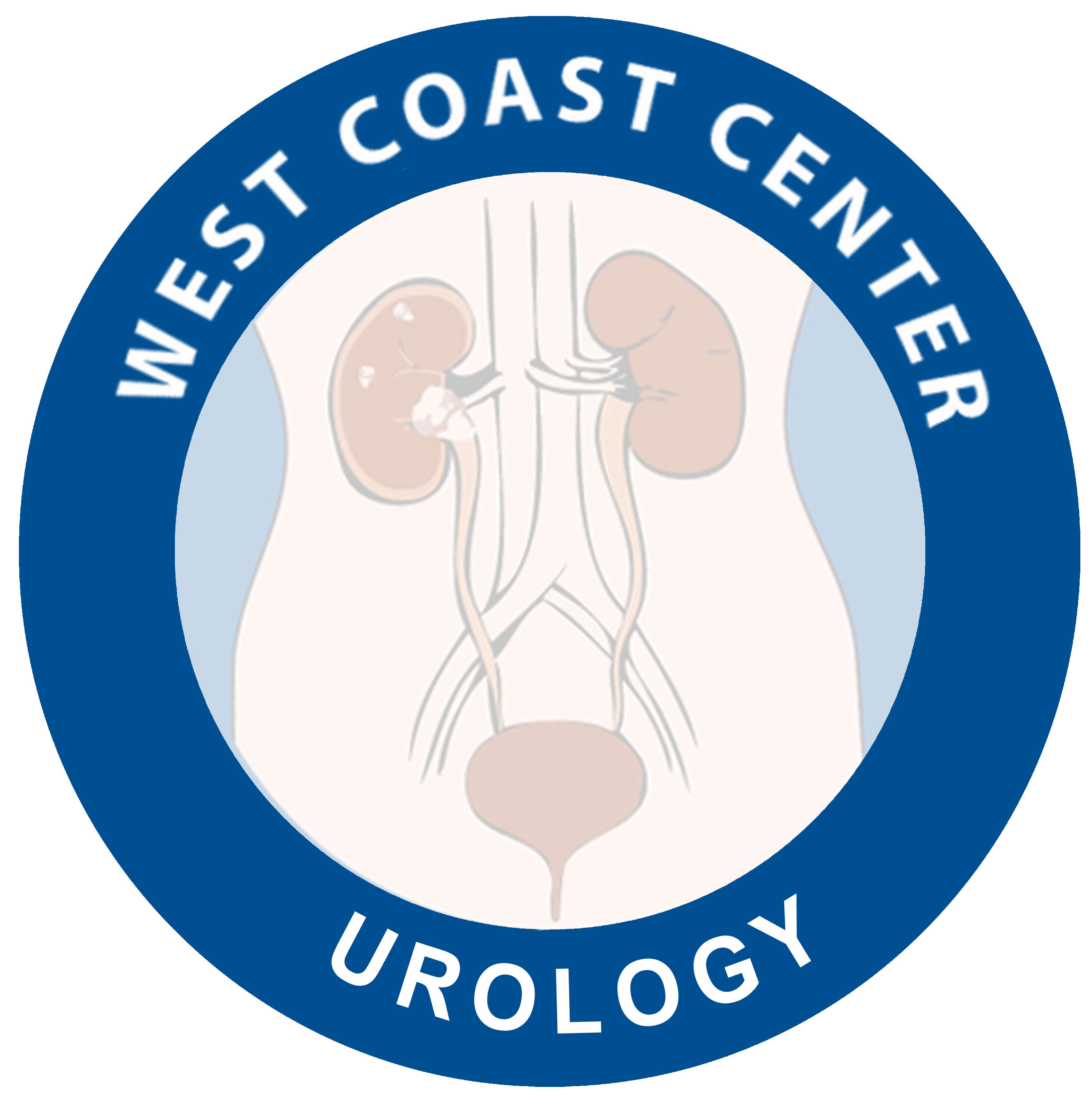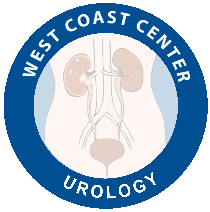Kidney Stones
In the United States, the prevalence of stone disease is approximately 10-15%. Over time, the incidence of stone disease is increasing, possibly related to obesity and dietary factors. Kidney stones can present myriad of problems for patients, not only severe pain but also renal function deterioration and infectious complications.
Diagnosis
A kidney stone that drops into the tube that connects the kidney to the bladder (called the ureter) can cause excruciating pain related to the back up of urine into the kidney. If the stone spontaneously passes, the patient will feel relieved. If it doesn’t, then the patient needs to seek out a urologist to treat the stone. Most of the time a kidney or ureteral stone is diagnosed by a CT scan. The scan will show the location and size of the stone.
A ureteral stone is a true emergency when it is associated with a urinary infection, when the bacteria gets trapped behind the stone and the infection builds up in the kidney without a way to drain. This can lead to sepsis and possible death. When a patient with a ureteral stone has symptoms such as a high fever, shaking chills, and/or clammy skin, he or she must go to the emergency room. In the immediate term, the kidney needs to be drained, either by a stent or a tube through the back directly into the kidney to allow the infection to drain. After several weeks of antibiotics to treat the infection, the stone can then be treated with a variety of methods.
Treatment
Observation
For ureteral stones less than 1 cm, a trial of observation and medical expulsive therapy can be initially tried in the absence of infection. Pain control, hydration, Flomax are used while the patient tries to pass the stone spontaneously. The smaller the stone, the higher the chance of the stone being able to pass. However, if the stone does not pass, a urologist has different options for intervention.
Dissolution
Certain kinds of stones like uric acid stones can be dissolved by altering the pH of the urine. The vast majority of stones are calcium based and do not dissolve by medication and thus need to be treated procedurally.
Extracorporeal Shockwave Lithotripsy (ESWL)
The patient is put to sleep by anesthesia and a machine produces sound waves that go through the body and shatter the stone. The advantage of this technique is that it is non invasive – it does not require any incisions and most of the time can be done without putting in a stent. The patient will pass the stone fragments on their own if the treatment is successful in breaking up the stone into small pieces. The technology is less effective against large stones, stones that are stuck in the ureter, and stones in the lower pole of the kidney.
Ureteroscopy
After the patient is put to sleep by anesthesia, the urologist uses a small fiberoptic scope that can drive all the way up to the kidney under vision. Under vision, the urologist then uses a laser fiber to shatter the kidney stone into small pieces. After the procedure, usually a stent is placed to allow the kidney to drain after the procedure. The patient returns to clinic about a week later to have the stent removed. Advantages include that the stone can be looked at directly so that complete breakage can be confirmed visually, lower pole stones can be broken and fragments relocated, fragments can be physically removed from the kidney, and multiple stones can be treated more effectively since the scope can visualize the entire kidney system. Stone-free rates after Ureteroscopy are higher than ESWL for large proximal ureteral stones and all distal ureteral stones. Disadvantages include more invasive treatment, longer operating room time, increased likelihood of having a stent left in place afterwards (which can lead to patient discomfort).
Percutaneous Nephrolithotomy (PCNL)
For very large stones in the kidney (> 2 cm in size), even breakage of the stone poses difficulties in passing the fragments through the small caliber ureter. Sometimes these stones can also be associated with infection (struvite stones). The best way to treat these stones requires accessing the kidney through the patient’s flank through a tube. This allows the urologist to utilize larger scopes and instruments to break the stone and suction them out of the kidney. Although more invasive up front, the removal of the fragments reduces the chance of the stone growing back and the need for repeat treatments if less invasive means were attempted in the first place.
Kidney Stone Prevention
Once a stone is treated, the next step is to optimize the patient’s metabolism to prevent kidney stone formation in the future. Several months after stone treatment, the patient submits a 24 hour urine specimen for analysis. The goal of this test is to analyze what the stones are made of, but the composition of the urine in a normal steady state on the patient’s current diet. This will indicate which metabolites and minerals in the patient’s urine predispose to a super saturation level of stone crystallization. We then discuss in the office what diet modifications or medications that are needed to optimally prevent kidney stone formation in the individual patient.

